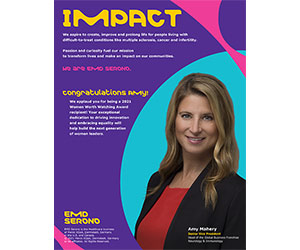by Alfred J. Torres
Executive Director, Talent Acquisition & Diversity
Verizon
Americans love to compete, to keep score, to celebrate accomplishments, and most of all, to cross the finish line. This year has provided opportunities to celebrate many accomplishments: The first black President; the first Latina Supreme Court Justice; the first black female CEO of a Fortune 500 company; and the list goes on.
These have been important steps on a long journey of the social history of the United States, if not also the world.
“Although true that the younger generations may not have the same stereotypes as their predecessors, this doesn’t mean they don’t have any, or won’t benefit from diversity training and programs.”
When American corporations began their diversity initiatives years ago, they talked about respect, about including everyone’s opinion and about how it takes diverse opinions to produce a better product and deliver better services to customers. After all, as a melting pot, the U.S. has the most multi-cultural customer base in the world. It was clearly a business imperative and a key competitive advantage to get it right.
Perhaps attributable to an over-abundance of optimism, there are those who may look at these current accomplishments and assume they signal the end of the need for diversity programs. If we have a black President— the highest position in the land—then certainly we are in a post-racial society? Doesn’t this mean we have crossed the finish line?
The truth, however, is that as long as we are noticing “firsts,” then we are still far from the finish line.
The fact that these milestones have been achieved this year is indicative of how different we are as a nation today. The progress, although it may seem slow at times, is unstoppable, and that’s a very good thing. But let’s face it: during the elections, race and gender were still topics of discussion.
Another rationale I often hear has to do with our younger generations: “…they don’t have the same stereotypes that their predecessors had. As they arrive in corporate America, they will not require the same diversity training or programs in place today.” Although true that the younger generations may not have the same stereotypes as their predecessors, this doesn’t mean they don’t have any, or won’t benefit from diversity training and programs. Each generation, although much more accomplished than those that preceded it, still brings some amount of bias to the table.
Yes, we have come a long way. However, the diversity of the world is dynamic and ever-changing. As our world flattens and our communities become more multi- cultural in nature, the appreciation of differences becomes even more critical. Diversity programs must continue to evolve to meet these changes in order to teach our employees how to leverage diversity, improve inclusion, and add societal and business value.
In the race for true inclusion, if we settle for a finish line without continuously raising the bar, then we will have failed. The only truth is there is no finish line…and that’s the way it should be. our goal should be to see how many more lines we can cross…






